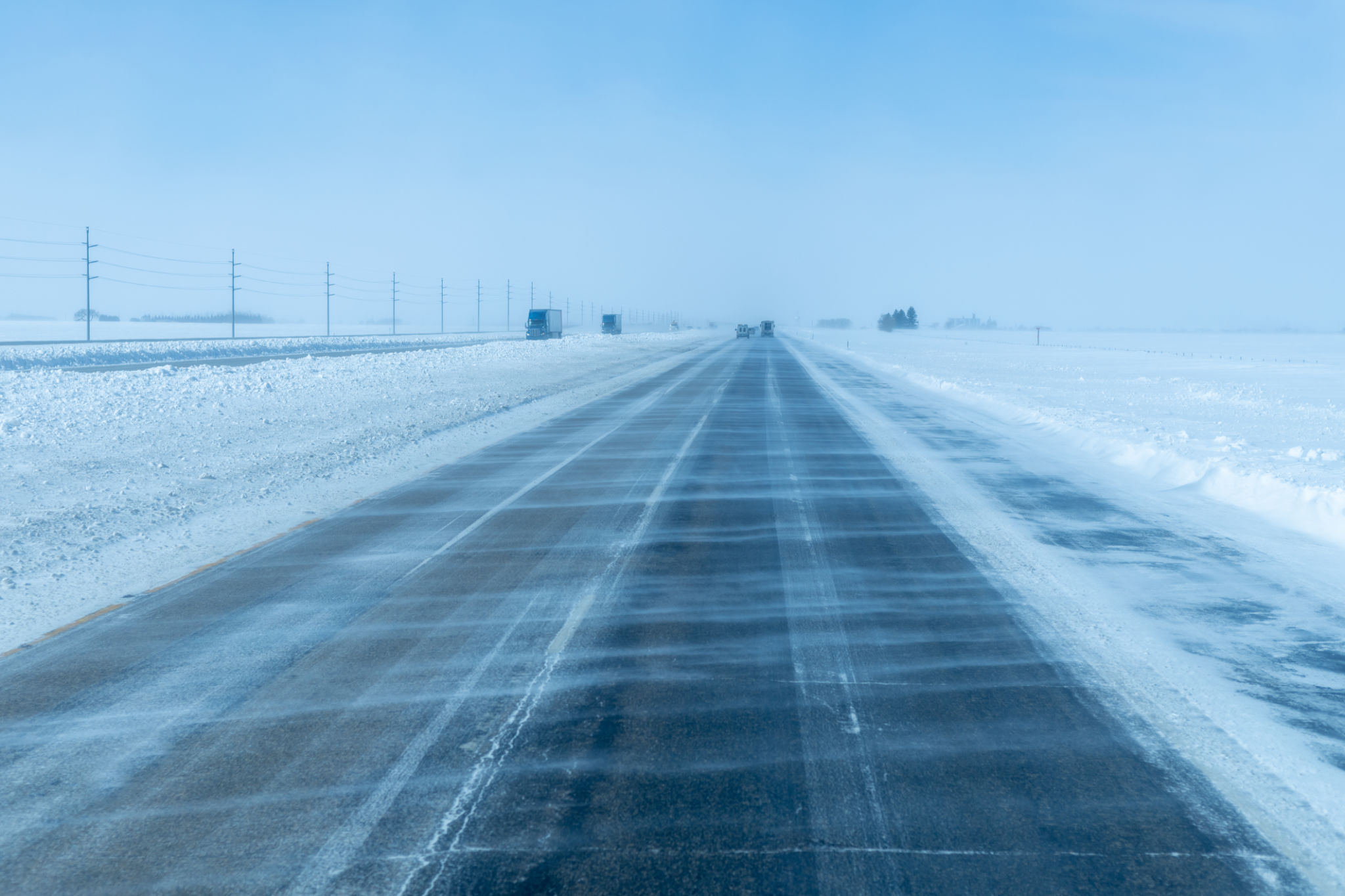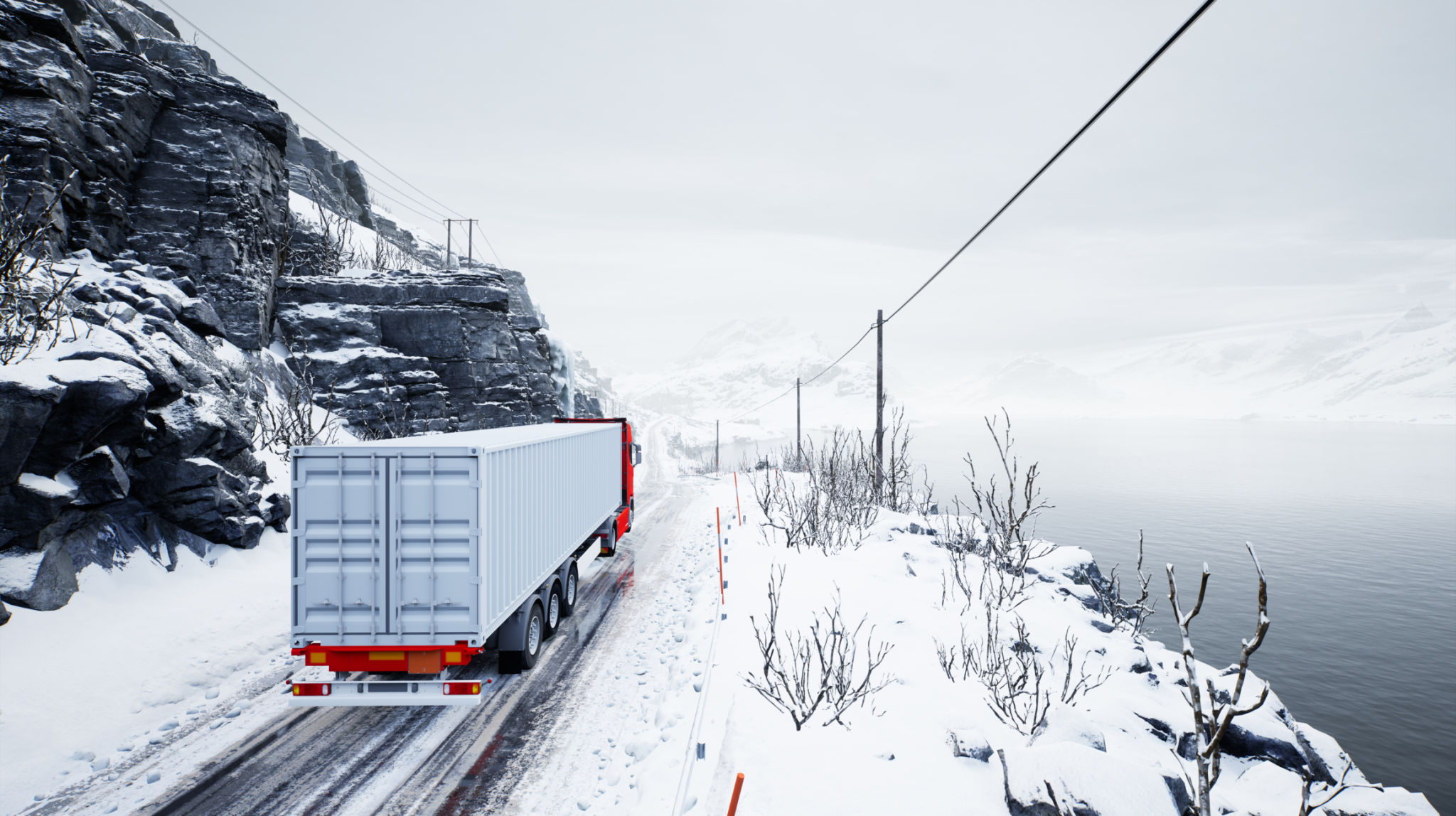Seasonal Logistics Challenges in Montana and How to Overcome Them
T4
Understanding Seasonal Logistics Challenges in Montana
Montana, with its vast landscapes and diverse weather conditions, presents unique challenges for logistics operations. The state experiences significant seasonal changes, which can impact transportation and supply chain efficiency. Understanding these challenges is the first step in effectively managing them.
During winter, heavy snowfall and icy roads can disrupt delivery schedules and pose safety risks. Spring brings its own set of challenges, with the thawing snow leading to muddy roads and potential flooding. Summer wildfires can cause road closures, while autumn's unpredictable weather can affect transport reliability.

Winter Logistics Strategies
Winter in Montana is notorious for its harsh conditions. To combat these challenges, logistics companies must have a robust plan in place. Here are some strategies to consider:
- Invest in All-Weather Vehicles: Ensure your fleet is equipped with vehicles that can withstand icy conditions and deep snow.
- Real-Time Weather Monitoring: Utilize advanced weather forecasting tools to predict and prepare for adverse conditions.
- Flexible Scheduling: Allow for extra time in your delivery schedules to accommodate potential delays.
Implementing these strategies can significantly reduce the impact of winter weather on delivery times and safety.

Spring Thaw Challenges
As temperatures rise and snow begins to melt, spring presents different logistical challenges. Muddy roads and flooding can hinder transport operations. To address these issues, companies should focus on:
- Route Optimization: Plan alternative routes to avoid areas prone to flooding or mudslides.
- Regular Equipment Maintenance: Ensure vehicles are in top condition to handle tough terrains.
- Community Collaboration: Work with local authorities to stay informed about road conditions and closures.
Proactive measures during the spring thaw can help maintain supply chain continuity.
Summer Wildfire Precautions
The summer months bring the risk of wildfires, which can lead to road closures and dangerous air quality. Companies should be prepared by:
- Monitoring Fire Reports: Keep an eye on local fire activity to adjust routes as necessary.
- Employee Safety Training: Ensure drivers are trained on emergency procedures and equipped with necessary safety gear.
- Coordination with Authorities: Maintain communication with fire departments for timely updates on fire containment efforts.

By taking these precautions, logistics operations can minimize disruptions during the wildfire season.
The Importance of Technology in Overcoming Seasonal Challenges
Leveraging technology is crucial in tackling the seasonal logistics challenges faced in Montana. Advanced software solutions can aid in route planning, weather forecasting, and real-time communication. Implementing a digital strategy not only aids in efficiency but also enhances flexibility and responsiveness to sudden changes in conditions.
Furthermore, integrating technology such as GPS tracking and automated alerts ensures that all stakeholders remain informed of any potential delays or issues, allowing for quick decision-making and problem-solving.

Conclusion: Proactive Planning for Success
In conclusion, while Montana’s diverse seasons present logistical challenges, being prepared with proactive strategies is key to overcoming them. From investing in suitable vehicles and technology to collaborating with local authorities, each measure contributes to a more resilient supply chain. By anticipating challenges and planning accordingly, businesses can ensure smooth operations regardless of the season.
Embracing a comprehensive approach to logistics management will not only enhance operational efficiency but also provide a competitive edge in navigating Montana’s unique seasonal landscape.
